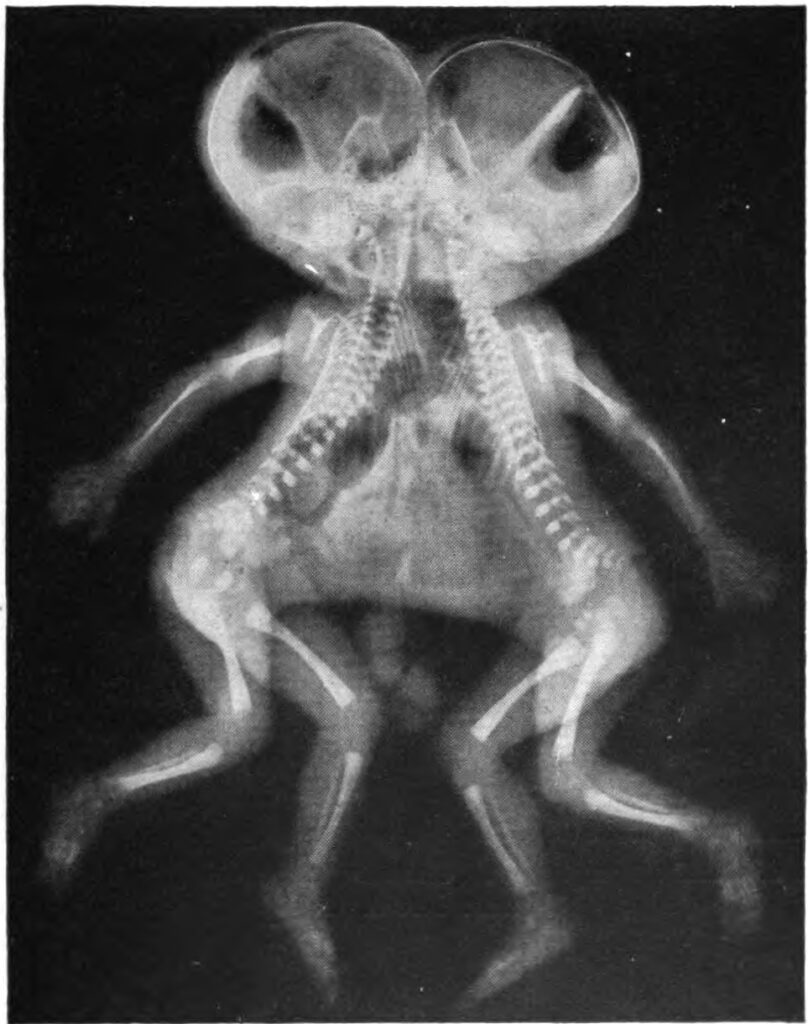To “represent” (vorstellen) something and to “position” (stellen) it in its “place” (Stelle) is said in German after the same verbal root, which is also inherent in the word Gestell: “positioning,” “enframing.” With the latter term, Heidegger points at the generalized availability in which things stand before us – a trait which is peculiar to the modern experience of the world.
There are two ways of bracketing the “representation” (Vorstellung) on which the Gestell thus relies. One is to jump forward and into the Real that any representation obscures (for it is built against it, by simplifying it). Another one is to jump backwards and out of the representational frame (which is always one among many possible frames).
In both cases, though, one jumps before (in the temporal sense of the preposition) any representational closure. In the first case, one jumps forward and into reality’s pre-representational depths (where a tree is not an available natural resource, a potential amount of wood, but an emerging force). In the second case, backwards and out of the representational frame, but also (simultaneously) forward and into thought’s pre-representational founding gesture, according to which things are (i.e., come to be) represented here and there by virtue of different framing rules (for there is not a single way to represent things, like there is no single way to experience the world).
Butō dance epitomizes the former type of jump. Philosophy epitomizes the latter one. Undeniably, each one moves, for a different purpose, in a different direction. Yet, paradoxically, they are (because of that “before,” because of that apparently tiny temporal nuance) inseparable from one another, like conjoined twins.

Cephalothoracopagus twining. (Public domain)
